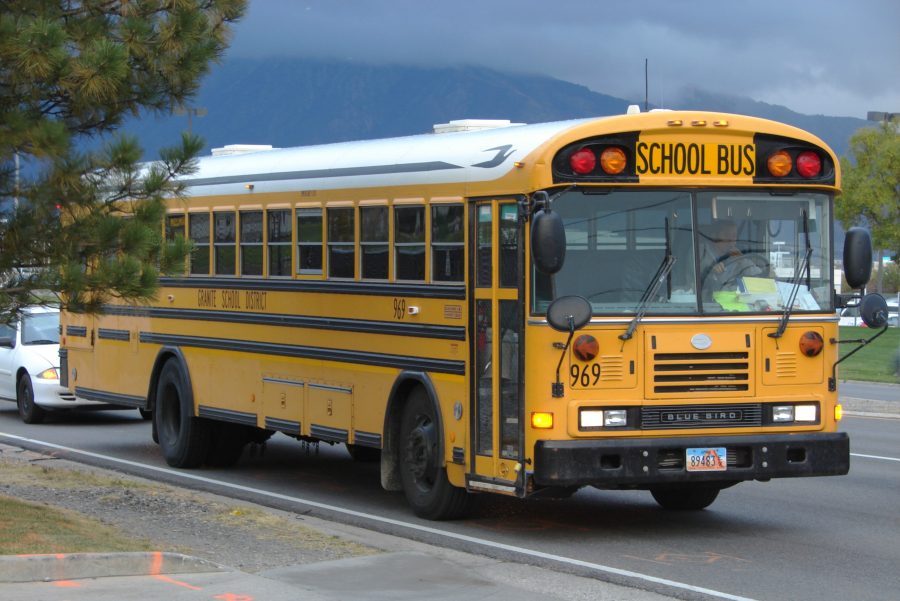Seat belts for buses debated after Tennessee bus accident
IMAGE / Courtesy of Wikimedia Commons
Only six states require school buses to have seat belts. Michigan is not one of them.
On Nov. 22 a fatal school bus accident happened in Chattanooga, Tenn., resulting in five students’ deaths.
In the past, there has been a debate on whether or not seat belts should be required on school buses, and this accident has pushed the debate to the forefront again.
Right now only six states require seat belts on school buses: California, Florida, Louisiana, New Jersey, New York, and Texas.
Some sources say seat belts would not make school buses any safer.
In 2011, the National Highway Traffic Safety Administration took this debate into consideration. Administration economists and engineers found that school buses are already safe, and requiring seat belts would only add more child fatalities each year.
In addition, the NHTSA has reported that only 4 percent of all motor vehicle fatalities between 2004 and 2013 were related to school transportation. On average, about 130 people die each year in a school-vehicle-related crash. But only 8 percent of those who died were riding in a bus.
According to the Michigan Motor Vehicle Code, installing seat belts on buses in the state of Michigan would require a change in the law.
Sgt. Mike McLaughlin, Michigan State Police, said that with costs like $7,500 to $10,000 to equip each bus it might be hard for some schools to keep up.
McLaughlin said, aside from the cost, the changes of seat belts would require additional adult supervision, someone to make sure the seat belts are being used correctly, and that all passengers are using them.
“A seat belt is of no benefit unless properly used,” McLaughlin said. “Each (school bus) driver would be responsible to ensure seat belts are properly used and each passenger is properly belted.
“In some cases, it may require additional adult supervision be added to ensure seat belts are properly used. In the event of a crash, the driver would be responsible to make sure passengers are released from the confines of the seat belt assembly to exit the bus.”
Junior Alanna Montgomery has ridden the school bus since kindergarten.
She said seat belts should not be a requirement on school buses, that they would be a hassle, and people on the bus would just abuse the belts anyway.
In addition, every passenger is built differently, where as a child in elementary school is not necessarily the same size as a teenager in high school.
Schools would need to take that into consideration when deciding on seat belt variations.
A school bus is already the safest route of transportation, using a system called compartmentalization.
Each bus is specially designed with seats made in order to create a safe compartment which have padded cushions and our built to be a certain height.
McLaughlin said bus design needs to be considered when thinking about seat belts.
“Seat design, along with the height of the school bus above the road surface and the ability of the body to shear from the frame all work together to reduce injuries in the event of frontal or rear impact,” McLaughlin said.
Sophomore Grace Stemple said seat belts should be used on school buses “because buses take wide turns and almost every time you slide out of the seat and have to catch yourself.”
In addition, Grace said, “A bus is moving like a car, so they should also have seat belts.”
Many people seem to think of a school bus as a regular car, and seat belts are a requirement in a car so it would only make sense to require seat belts on a school bus.
However, research shows that a school bus is already designed a specific way to ensure everyone is safe while riding home.

Birthday: February 7, 2000
Extracurricular activities: Tennis, dance, and float building.
Hobbies: Eating, reading, and drawing.
Plans after...






